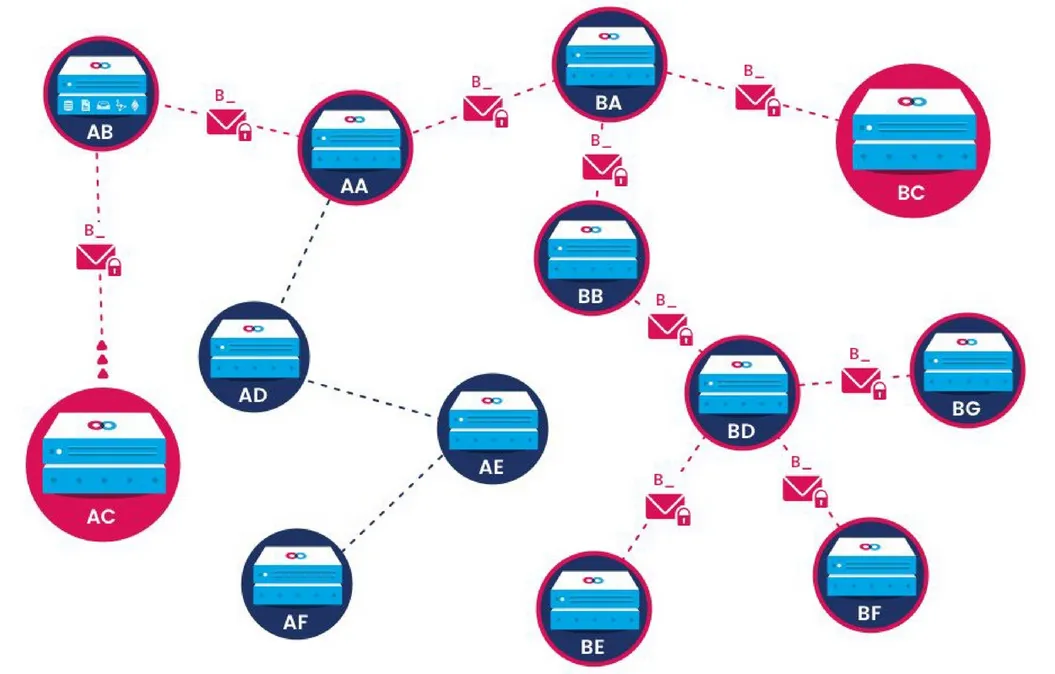Hey Steemians! We are now living in the age of Web 2.0, a phrase coined by O’Reilly Media in 2004, refers to a supposed second generation of Internet-based services — such as social networking sites, wikis, communication tools, and folksonomies — that emphasize online collaboration and sharing among users. Essentially, Web 1.0 was static web, users of the web only had read access. Web 2.0 is interactive web, whereby users have read and write access.
What is Web 3.0?
There is no formal definition for Web 3.0. Based on my research, there are a few characteristics that thought leaders think Web 3.0 will have:
- Web 3.0 will be open with a common framework for data. This will allow for data sharing and reuse. It will allow for a web which machines understand. This is commonly known as Semantic Web
- Web 3.0 will be smarter. Data will be heavily used to allow artificial intelligence to bring better context for human web browsing.
- Web 3.0 will be more decentralized. Data ownership will return to users themselves and removed from the current few big centralized companies (e.g. Facebook, Google, Amazon and etc). More on this concept is covered in this article
In a nutshell, Web 3.0 will be highly data-driven with strong emphasis on data ownership and interoperability.
The Mainframe Platform
If you are old enough, you might know mainframes as these large computers that are capable of high performance computing. But no, I am not going to talk about that today. The Mainframe I am referring to today is a project which aims to provide a platform which will allow for censorship resistant communications and data ownership.
Censorship resistant communications
The Mainframe platform encrypts communications data and use a concept known as "dark routing" to send packets.

By doing so, not only the communications data remain encrypted, it is also not possible to determine who are the participants of this communication. This adds an additional layer of privacy, which typical communications protocols are unable to provide, and make it censorship resistant.
Data ownership
The Mainframe platform also provides distributed and decentralized file storage for network participants. Participants can earn tokens by providing file storage services to those who wants to have their files stored. This provides an economy of service providers and consumers. The consumers benefit from decentralized storage which they have complete ownership. On top of that, data stored are also resistant to disruption due to the distributed nature of it.
Conclusion
The Mainframe platform can potentially be the Web 3.0 communications layer as it focuses on decentralization and data ownership/privacy. I recommend you to read the whitepaper as it describes further on how they can achieve,
- Encryption
- Dark Routing
- P2P Architecture
- Incentivization
- Interoperability
Thanks for reading and share with me your thoughts on what you envision Web 3.0 to be.
